Hypereosinophilic Syndrome In Cats
Hypereosinophilic syndrome in cats. The cats chosen for the study had marked eosinophilia and. It may appear as a variant of T-cell lymphoma resembling a form of paraneoplastic syndrome in cats. The eosinophils infiltrate other organs including the spleen liver and lungs causing damage.
In all three cases a dramatic improvement was rapidly observed. The clinical clinicopathological and pathological findings in three cats with hypereosinophilic syndrome are described. Hypereosinophilic syndrome is a condition characterized by peripheral blood eosinophilia with manifestations of organ system involvement or dysfunction directly related to eosinophilia in the absence of parasitic allergic or other secondary causes of eosinophilia.
This inherited syndrome occurs in Persian cats and in humans. Although any organ system can be involved in HES the heart central nervous system skin and respiratory tract are the most commonly affected. The cats were treated with imatinib mesylate a tyrosine-kinase inhibitor at the oral dose of 5 mg per cat.
The clinical clinicopathological and pathological findings in three cats with hypereosinophilic syndrome are described. Abstract The clinical clinicopathological and pathological findings in three cats with hypereosinophilic syndrome are described. A hypereosinophilic syndrome was diagnosed in three cats with refractory dermatitis and marked hypereosinophilia.
Vet Pathol 18 2 188-200 PubMed. Even with aggressive immune-suppressive therapy the prognosis is guarded. Although cytoreductive chemotherapy with hydroxycarbamide and prednisolone was performed these two cats died 48 days and 91 days after the initial presentation.
A report of three cases. These portions of the cats body enlarge due to an elevated number of white blood cells produced by the bone marrow which go on to invade the intestines and stomach tissues. The cats chosen for the study had marked eosinophilia and evidence of tissue infiltration by eosinophils.
There is an increased susceptibility to bacterial infections due to impaired white blood cell function an increased tendency to bleed due to platelet defects and partial lack of color in the eyes and skin. 7 Hyereosinophilic syndrome HES is a rare condition in cats characterized by high numbers of circulating eosinophils.
In all three cases a dramatic improvement was rapidly observed.
The cats chosen for the study had marked eosinophilia and evidence of tissue infiltration by eosinophils. Hypereosinophilic syndrome in cats. Hendrick M 1981 A spectrum of hypereosinophilic syndromes exemplified by six cats with eosinophilic enteritis. In all three cases a dramatic improvement was rapidly observed. Although cytoreductive chemotherapy with hydroxycarbamide and prednisolone was performed these two cats died 48 days and 91 days after the initial presentation. McEwen SA Valli VE Hulland TJ. Hypereosinophilic syndrome HES refers to a rare group of conditions that are associated with persistent eosinophilia with evidence of organ involvement. These portions of the cats body enlarge due to an elevated number of white blood cells produced by the bone marrow which go on to invade the intestines and stomach tissues. Necropsies were performed on two cats biopsy and blood samples were provided for the third cat.
A hypereosinophilic syndrome was diagnosed in three cats with refractory dermatitis and marked hypereosinophilia. The cats chosen for the study had marked eosinophilia and. Necropsies were performed on two cats biopsy and blood samples were provided for the third cat. Although any organ system can be involved in HES the heart central nervous system skin and respiratory tract are the most commonly affected. A hypereosinophilic syndrome was diagnosed in three cats with refractory dermatitis and marked hypereosinophilia. It may appear as a variant of T-cell lymphoma resembling a form of paraneoplastic syndrome in cats. Hypereosinophilic syndrome is proposed consisting of eosinophilic enteritis disseminated eosinophilic disease and eosinophilic leukemia.






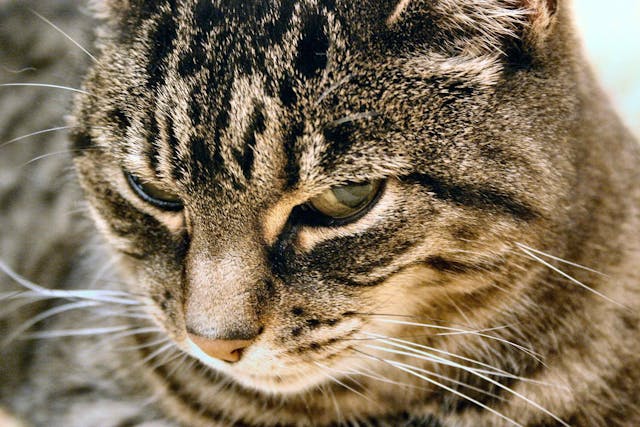

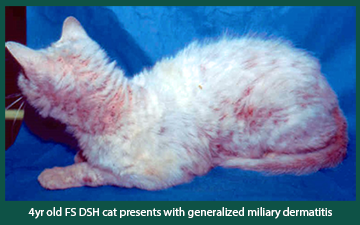









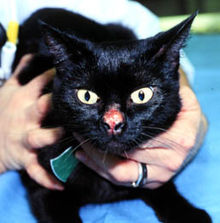

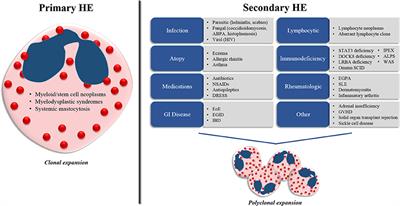



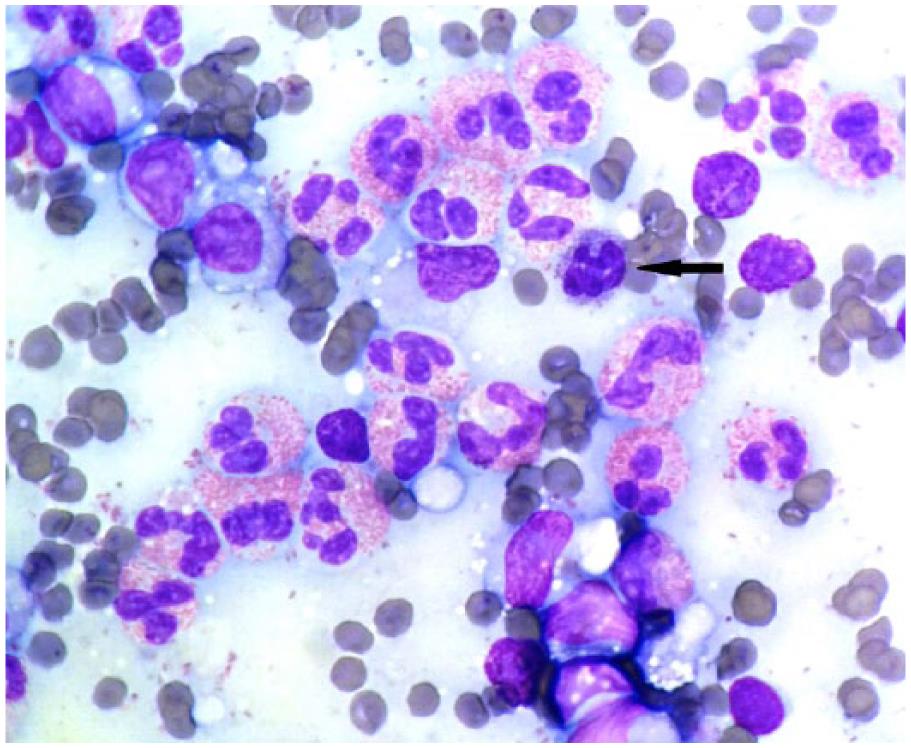


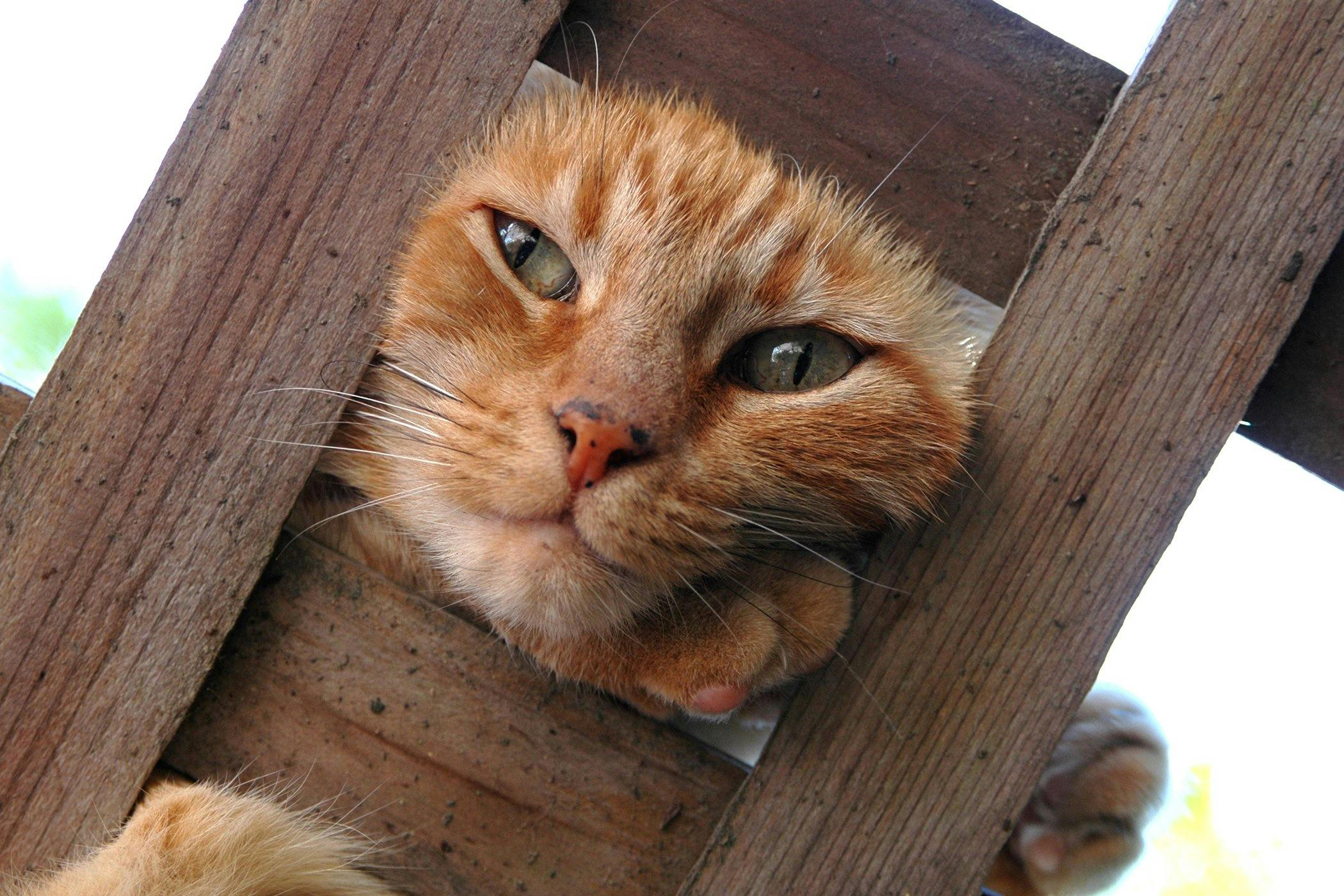







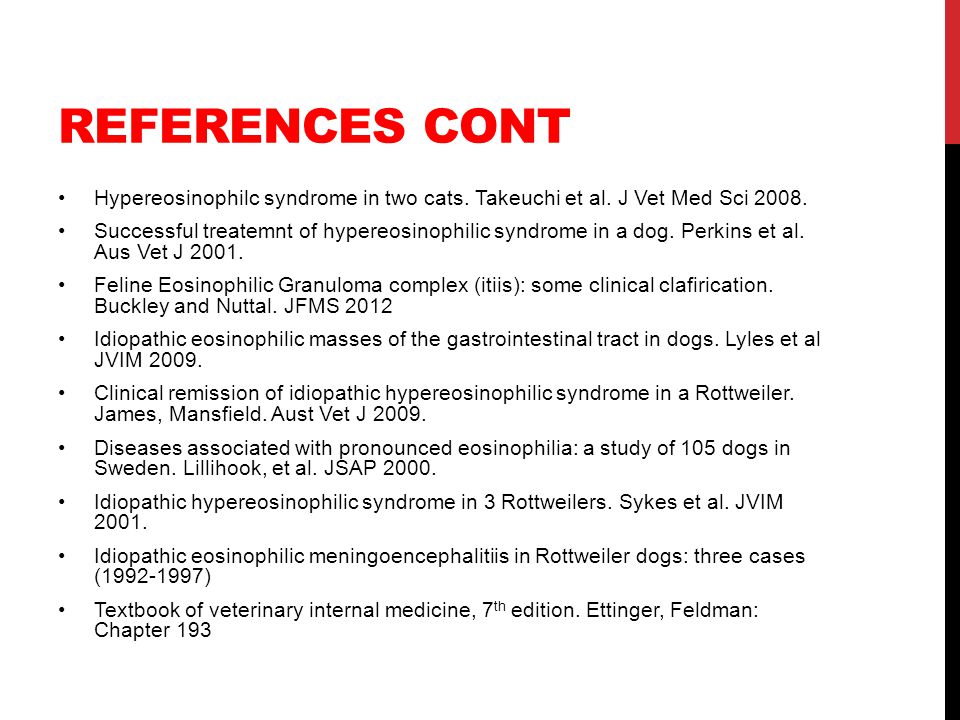

Post a Comment for "Hypereosinophilic Syndrome In Cats"